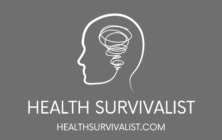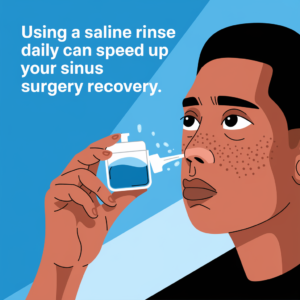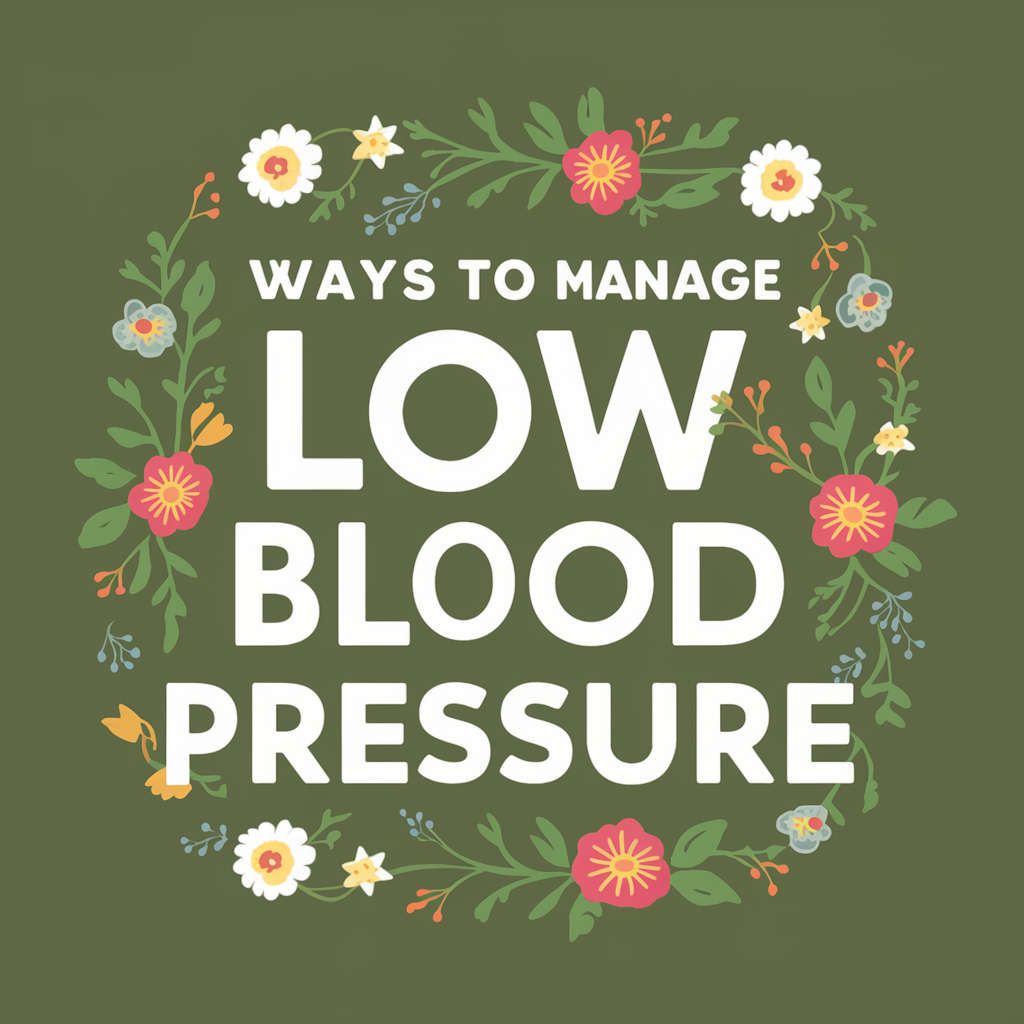
Understanding Low Blood Pressure
Low blood pressure, also known as hypotension, is a condition that many people may overlook until its symptoms become disruptive to daily life. Unlike high blood pressure, which is often a major health concern, low blood pressure can also lead to significant health issues if not properly managed. Symptoms such as dizziness, fainting, fatigue, and even blurred vision can indicate that your blood pressure is lower than it should be, impacting your overall well-being.
In my own experience, understanding and addressing low blood pressure at home has been crucial in maintaining a balanced lifestyle. Monitoring your blood pressure regularly is the first and most important step in managing hypotension effectively. That’s why I rely on the Konquest KBP-2704A Automatic Upper Arm Blood Pressure Monitor. This device not only provides accurate readings but also detects irregular heartbeats, giving you a more comprehensive understanding of your cardiovascular health. With its large backlit display and adjustable cuff, it’s a user-friendly tool that can fit into any daily routine.
In the following sections, I’ll share practical home remedies, dietary adjustments, and lifestyle changes that have helped me and can help you manage low blood pressure naturally. Whether you’re just starting to explore ways to treat hypotension or looking for new strategies to incorporate into your routine, this guide will provide you with actionable tips to support your health at home.
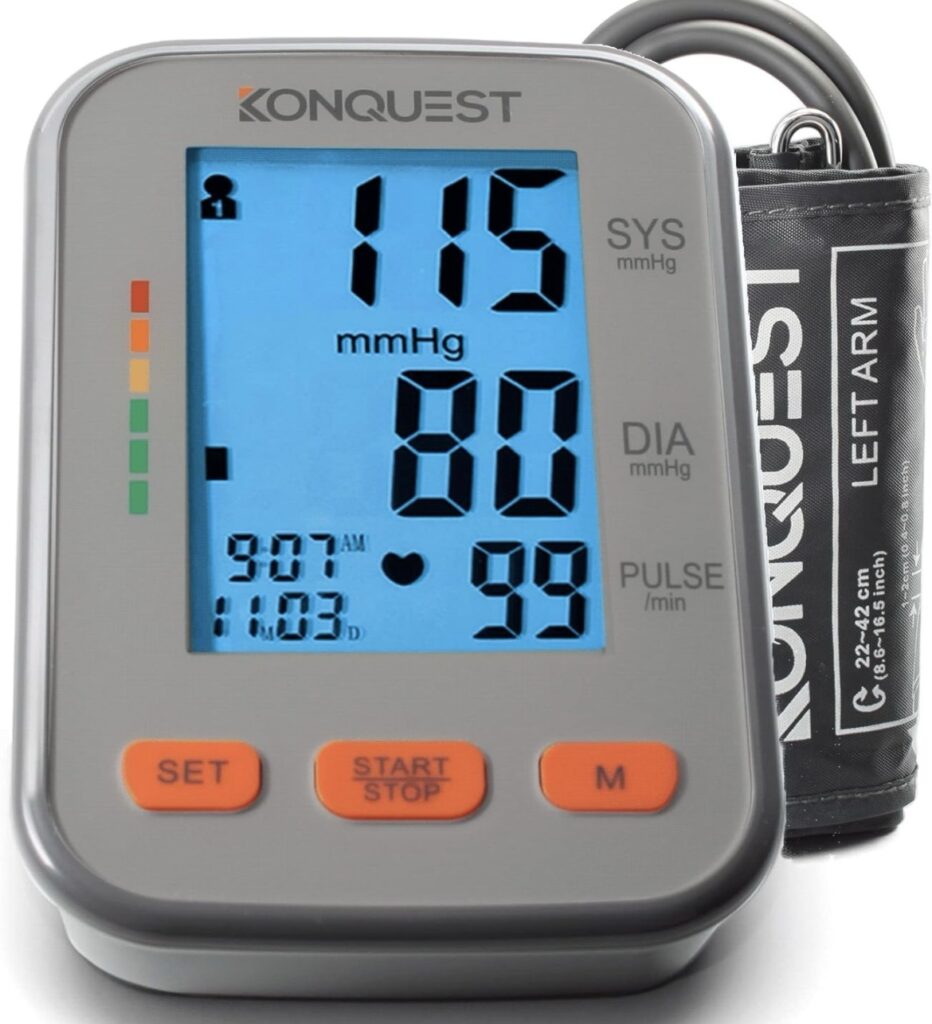
Best Home Remedies for Low Blood Pressure
When it comes to managing low blood pressure at home, some simple yet effective remedies can make a world of difference. These are strategies that I’ve personally found useful and that are easy to incorporate into your daily routine.
Increase Salt Intake (with Caution)
One of the most straightforward ways to raise your blood pressure is by increasing your salt intake. Salt, or sodium, helps to retain water in the body, which can raise blood pressure. However, it’s important to do this cautiously and preferably under the guidance of a healthcare provider, as too much sodium can lead to other health issues, such as high blood pressure or heart disease. If you notice frequent lightheadedness or dizziness, a slight increase in your salt consumption might help alleviate these symptoms. A simple way to do this is by adding a pinch of salt to your meals or opting for salty snacks like pretzels or olives.
Stay Hydrated
Hydration is crucial for maintaining healthy blood pressure levels. Dehydration can lead to a drop in blood pressure, causing symptoms like dizziness or fainting. Drinking plenty of water throughout the day is essential, especially during hot weather or after exercise. However, plain water might not always be enough. That’s where electrolyte supplements come into play. I’ve found that using Hydration Powder Packets not only helps me stay hydrated but also ensures that my electrolyte levels are balanced. These packets are convenient to carry around and can be easily mixed with water, making them a quick and effective solution to combat low blood pressure.
These home remedies are simple yet powerful ways to help manage low blood pressure naturally. By incorporating them into your daily routine, you can start seeing improvements in how you feel, both physically and mentally.

The Role of Physical Activity and Proper Posture
Physical activity and posture are often overlooked but critical components in managing low blood pressure at home. Through my own experiences, I’ve found that the right exercises and maintaining good posture can significantly impact how I feel throughout the day.
Engage in Regular Physical Activity
Regular physical activity is essential for maintaining healthy blood circulation, which directly affects blood pressure. Light exercises like walking, swimming, or yoga can stimulate blood flow and help raise blood pressure naturally. These activities don’t have to be strenuous; even a short walk around your neighborhood or some gentle yoga stretches can make a big difference.
Incorporating exercises that focus on building core strength and balance is particularly beneficial. For example, using a stability ball for balance exercises can help improve circulation while also engaging your core muscles. These types of exercises not only support cardiovascular health but also help in preventing dizziness and fainting, which are common symptoms of low blood pressure.
Incorporate Compression Wear
Another effective method I’ve found is wearing compression socks, like the Physix Gear Compression Socks. Compression socks work by applying gentle pressure to your legs, which helps improve blood circulation back to your heart. This can be especially helpful if you experience dizziness when standing up quickly or after sitting for long periods. These socks are particularly beneficial for those who spend a lot of time on their feet, such as nurses, travelers, or anyone prone to blood pooling in the legs.
By integrating these physical activities and postural adjustments into your daily routine, you can help manage low blood pressure more effectively, leading to fewer symptoms and a more balanced feeling throughout the day.
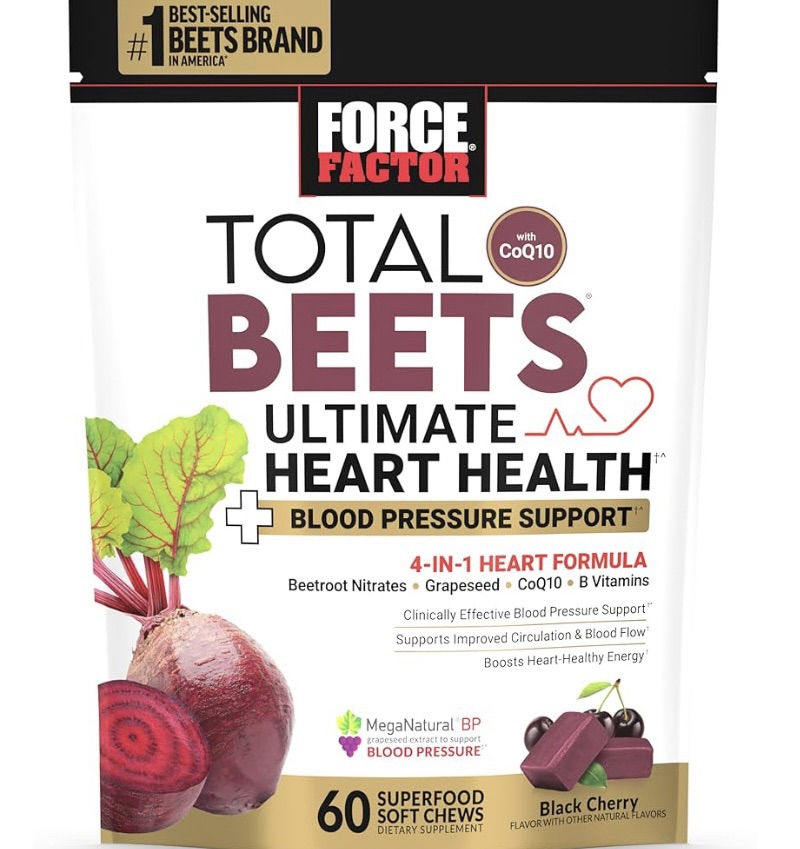
Dietary Adjustments to Support Blood Pressure
One of the most impactful ways to manage low blood pressure at home is through thoughtful dietary adjustments. What you eat plays a significant role in how your body maintains and regulates blood pressure. Here are some dietary changes that have been effective for me and can help you support healthy blood pressure levels.
Potassium-Rich Foods
Potassium is a key nutrient that helps regulate blood pressure by balancing the effects of sodium in your body. Incorporating potassium-rich foods into your diet can help maintain stable blood pressure levels. Foods like bananas, spinach, avocados, and sweet potatoes are excellent sources of potassium. I make it a point to include these foods in my meals regularly, whether it’s a smoothie with spinach and banana in the morning or a side of roasted sweet potatoes with dinner.
Beetroot for Blood Flow
Beetroot is another powerful food that supports cardiovascular health, particularly in enhancing blood flow and maintaining healthy blood pressure. Beets are rich in nitrates, which your body converts into nitric oxide—a compound that helps dilate blood vessels and improve circulation. Drinking beet juice or incorporating beetroot into salads and smoothies can be a great way to benefit from its blood pressure-supporting properties. If fresh beetroot isn’t your thing, supplements like the Force Factor Total Beets Ultimate Heart Health Blood Pressure Support Chews are a convenient alternative. These chews make it easy to get your daily dose of beetroot without the hassle of preparation, providing support for both circulation and blood pressure.
By making these dietary adjustments, you can take significant steps toward naturally managing your blood pressure. These foods and supplements are easy to incorporate into your daily routine and can have a lasting impact on your overall health.
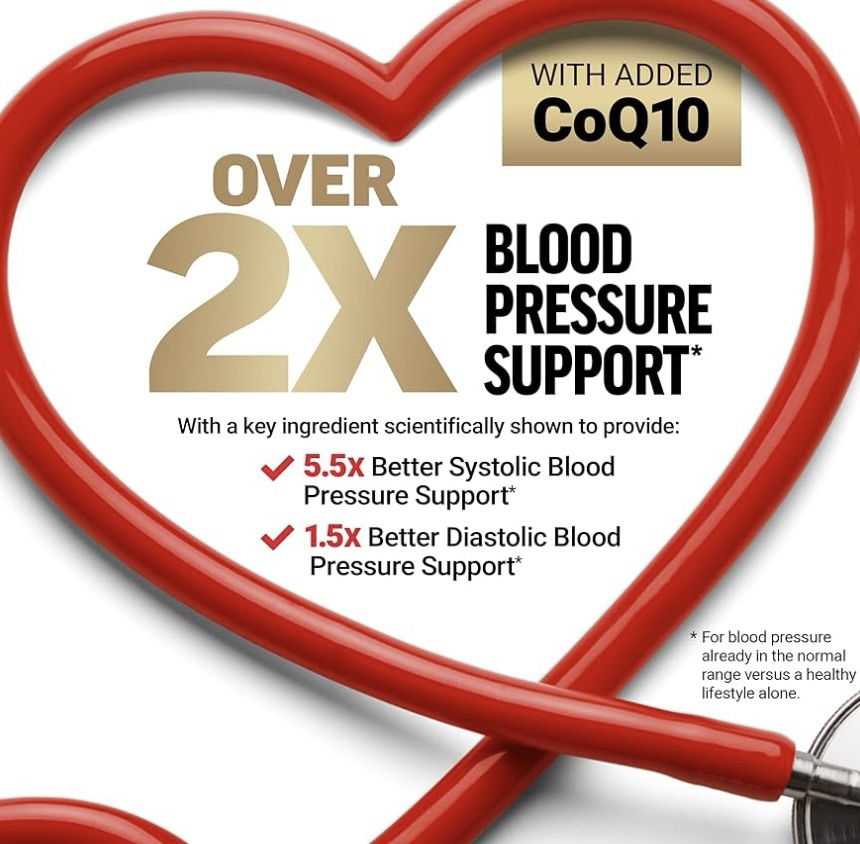
Natural Supplements and Homeopathic Remedies
In addition to dietary adjustments and physical activity, natural supplements and homeopathic remedies can offer additional support in managing low blood pressure at home. These approaches align with a more holistic, natural lifestyle and can be integrated easily into your daily routine.
Homeopathic Remedies
Homeopathy offers several remedies that have traditionally been used to support cardiovascular health and manage low blood pressure. Remedies such as Nux Vomica, Carbo Vegetabilis, and Veratrum Album are often recommended by homeopathic practitioners for their ability to help balance blood pressure and alleviate symptoms like dizziness or fatigue. For example, Nux Vomica is known for its effectiveness in treating low blood pressure related to digestive issues, while Carbo Vegetabilis can help with fatigue and weakness, particularly after eating.
Herbal remedies are another natural option. Dandelion root tea, for example, is a mild diuretic that can help maintain fluid balance in the body, indirectly supporting blood pressure. Hawthorn, a well-known herb in traditional medicine, is often used to strengthen the heart and improve blood circulation. Incorporating these remedies into your routine, whether through teas, tinctures, or supplements, can provide gentle yet effective support for low blood pressure.
Electrolyte Supplements
Maintaining proper electrolyte levels is crucial for those dealing with low blood pressure. Electrolytes like sodium, potassium, and magnesium help regulate bodily fluids and ensure that your blood pressure stays within a healthy range. While dietary sources are essential, sometimes an extra boost is necessary—especially during intense physical activity or hot weather when your body loses more fluids.
Hydration Powder Packets are an excellent option for maintaining electrolyte balance. These packets are convenient, easy to use, and packed with essential electrolytes that support blood pressure. I personally find them especially helpful during long hikes or after a workout when I need to replenish fluids quickly and effectively.
By incorporating these natural supplements and homeopathic remedies into your daily life, you can take a more holistic approach to managing low blood pressure. These solutions are gentle yet powerful, offering you the support you need to feel balanced and energized.
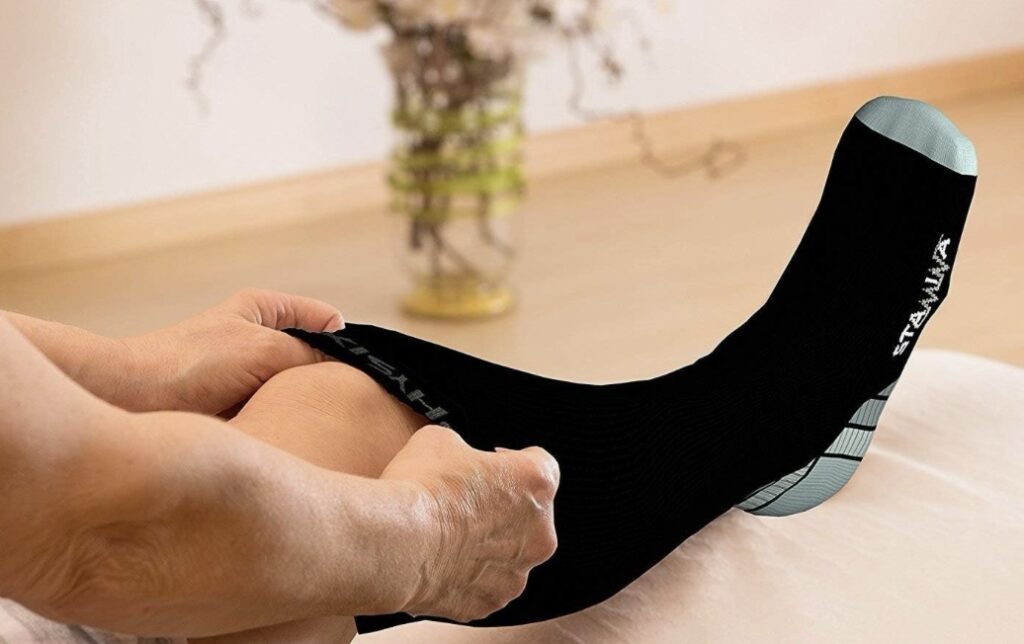
Lifestyle Changes for Managing Low Blood Pressure
Lifestyle changes play a critical role in managing low blood pressure at home. Simple adjustments to daily habits can significantly improve your overall well-being and help maintain stable blood pressure levels. Here are some effective lifestyle changes that have made a difference for me and could help you too.
Stress Management Techniques
Stress is often a hidden culprit behind fluctuating blood pressure. Chronic stress can lead to lower blood pressure by dilating blood vessels and reducing blood volume. Learning to manage stress is essential for maintaining balanced blood pressure. Practices such as meditation, deep breathing exercises, and mindfulness can be incredibly effective in reducing stress levels. I’ve found that dedicating just 10 to 15 minutes a day to meditation helps me stay calm and focused, which in turn supports my overall cardiovascular health.
Another useful technique is progressive muscle relaxation, which involves tensing and then slowly relaxing different muscle groups in the body. This practice not only helps reduce physical tension but also promotes better blood circulation, which is crucial for those with low blood pressure.
Healthy Sleep Habits
Getting adequate rest is another crucial aspect of managing low blood pressure. Poor sleep or irregular sleep patterns can disrupt your body’s natural rhythms, including blood pressure regulation. Aim for at least 7-8 hours of quality sleep each night. Establishing a consistent sleep schedule by going to bed and waking up at the same time every day can also help regulate your body’s internal clock.
Creating a relaxing bedtime routine can further enhance sleep quality. Consider activities like reading, taking a warm bath, or practicing gentle stretching before bed to help your body wind down. Ensuring that your sleeping environment is comfortable and free of distractions can also make a significant difference in how well you sleep, thereby positively influencing your blood pressure.
By integrating these stress management and sleep improvement techniques into your daily life, you can help stabilize your blood pressure and improve your overall health. These changes, though simple, can have a profound impact on how you feel every day.

Understanding the Connection Between Low Blood Pressure and Hydration
Hydration plays a vital role in managing low blood pressure. The amount of fluid in your bloodstream directly affects your blood pressure levels, making it essential to maintain proper hydration throughout the day. This section delves into why hydration is so crucial and offers practical strategies for staying hydrated. So, what should you do when your BP gets low at home?
Why Hydration Matters
When your body is dehydrated, the volume of blood circulating through your vessels decreases, leading to a drop in blood pressure. This can cause symptoms such as dizziness, fainting, and fatigue, particularly when you stand up suddenly or after prolonged periods of sitting. Staying properly hydrated ensures that your blood volume remains adequate, which helps stabilize blood pressure.
For me, staying hydrated is a non-negotiable part of managing my blood pressure. I’ve learned that even mild dehydration can trigger symptoms, especially during hot weather or after exercise. Drinking water regularly throughout the day is essential, but it’s not just about quantity—quality matters too.
Easy Hydration Strategies
To maintain optimal hydration, I make it a habit to drink water consistently, starting with a glass of water as soon as I wake up. I also try to include hydrating foods like cucumbers, oranges, and melons in my diet, which provide both fluids and essential nutrients.
Sometimes, plain water isn’t enough, especially when I’ve been active or the weather is particularly warm. In these situations, Hydration Powder Packets are a game-changer. These packets are packed with electrolytes that help replenish what’s lost through sweat, keeping my blood pressure stable. They’re easy to carry, making them convenient for on-the-go hydration.
Another tip is to alternate between water and beverages like herbal teas or coconut water throughout the day. Herbal teas, such as chamomile or peppermint, can also have a calming effect, helping to reduce stress levels, which is an added bonus for blood pressure management.
By prioritizing hydration and using these simple strategies, you can effectively manage low blood pressure and reduce the likelihood of symptoms disrupting your day.

When to Seek Professional Help
While managing low blood pressure at home is often effective, there are times when it’s crucial to seek professional medical advice. Recognizing when your symptoms require more than just home remedies can ensure that you receive the appropriate care and prevent more serious health complications.
Recognizing Serious Symptoms
Low blood pressure can sometimes be a sign of an underlying health issue that needs medical attention. If you experience persistent or severe symptoms, such as continuous dizziness, frequent fainting spells, chest pain, difficulty breathing, or confusion, it’s essential to consult a healthcare provider immediately. These symptoms could indicate a more serious condition, such as heart problems, severe dehydration, or endocrine issues, that cannot be managed through home treatments alone.
For instance, if you’ve been diligently following the home remedies and lifestyle changes discussed in this article but still find that your symptoms are worsening or not improving, this could be a sign that professional intervention is necessary. Don’t hesitate to reach out to a doctor who can perform a thorough evaluation and recommend appropriate treatments.
Combining Home Remedies with Professional Guidance
In my own journey, I’ve found that combining home remedies with regular check-ups and professional advice has been the most effective way to manage low blood pressure. A healthcare provider can offer tailored advice based on your specific health needs, and they might recommend additional treatments or adjustments to your current routine. For example, if lifestyle changes and dietary adjustments aren’t enough, a doctor may prescribe medication or suggest other interventions to help maintain healthy blood pressure levels.
It’s also important to keep in mind that while natural remedies and supplements can be very helpful, they should complement, not replace, professional medical advice. Regular monitoring with a reliable device like the Konquest KBP-2704A Automatic Upper Arm Blood Pressure Monitor can provide you and your healthcare provider with the information needed to make informed decisions about your health.
Taking a proactive approach by combining home management techniques with professional guidance will help ensure that your blood pressure remains stable and that any potential health issues are addressed promptly.
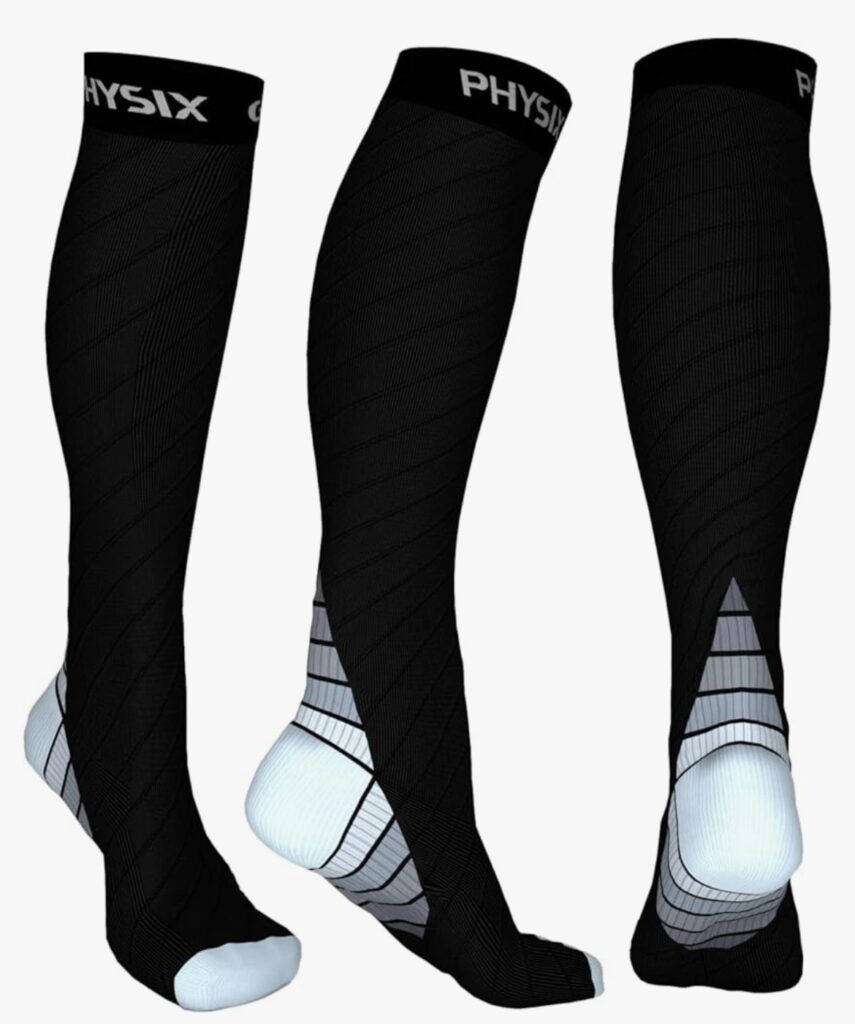
Taking Control of Low Blood Pressure
Managing low blood pressure at home is entirely possible with the right knowledge, tools, and lifestyle adjustments. By understanding your body and recognizing the importance of regular monitoring, dietary changes, physical activity, and proper hydration, you can take proactive steps to stabilize your blood pressure and improve your overall quality of life.
The remedies and strategies discussed in this article are not just quick fixes but sustainable habits that can make a lasting difference. Whether it’s increasing your salt intake with caution, wearing compression socks to improve circulation, or staying hydrated with Hydration Powder Packets, these small changes can add up to significant health benefits.
Don’t forget the importance of regular monitoring with a reliable blood pressure monitor and consulting with a healthcare professional if you experience persistent or severe symptoms. Combining these home treatments with professional advice will give you the best chance at maintaining a healthy, balanced lifestyle.
Take charge of your health today by incorporating these practices into your daily routine. With consistency and the right approach, you can manage your low blood pressure effectively and enjoy a more balanced, energetic life.
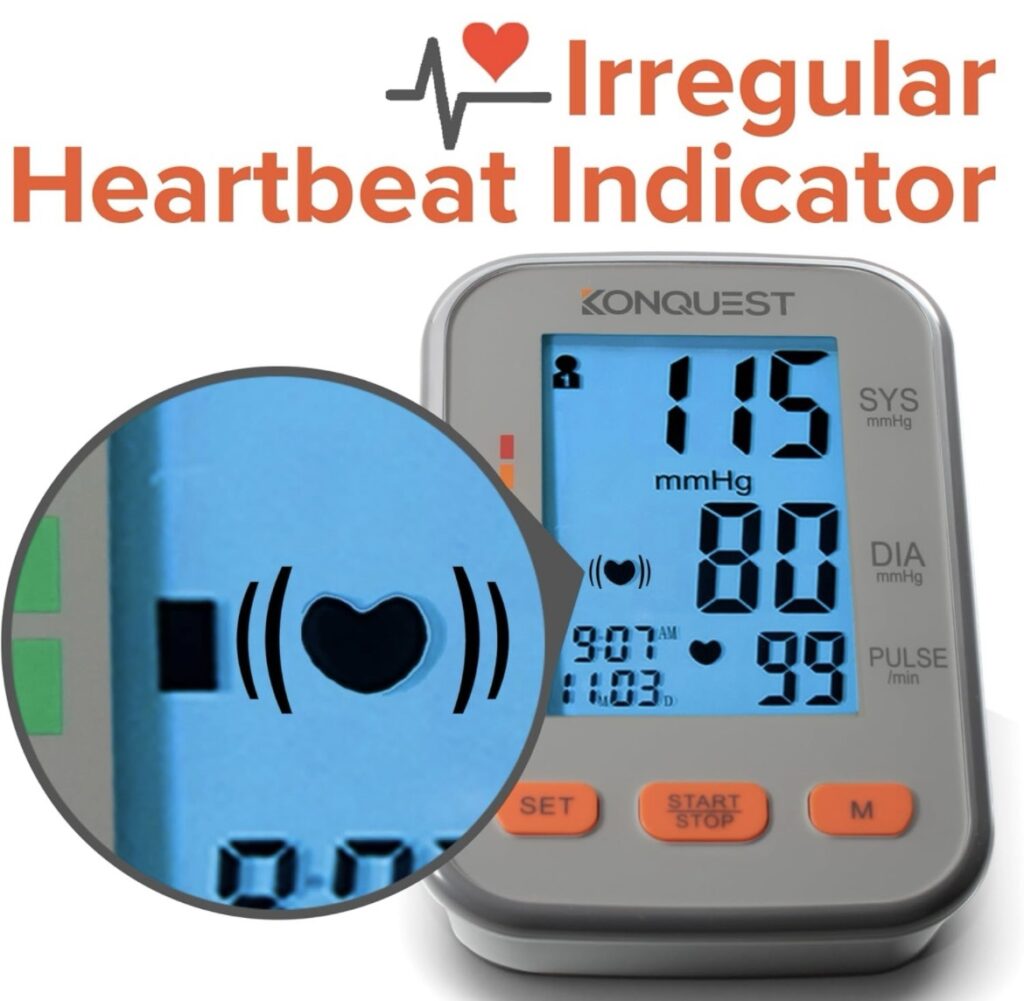

As an Amazon Associate we earn from qualifying purchases through some links in our articles.
